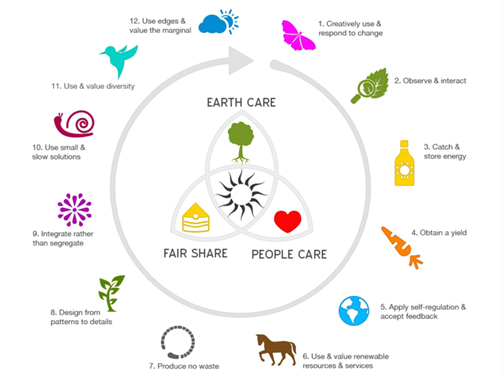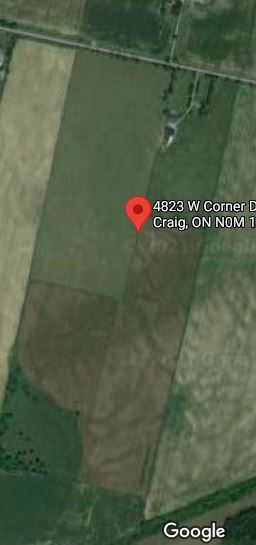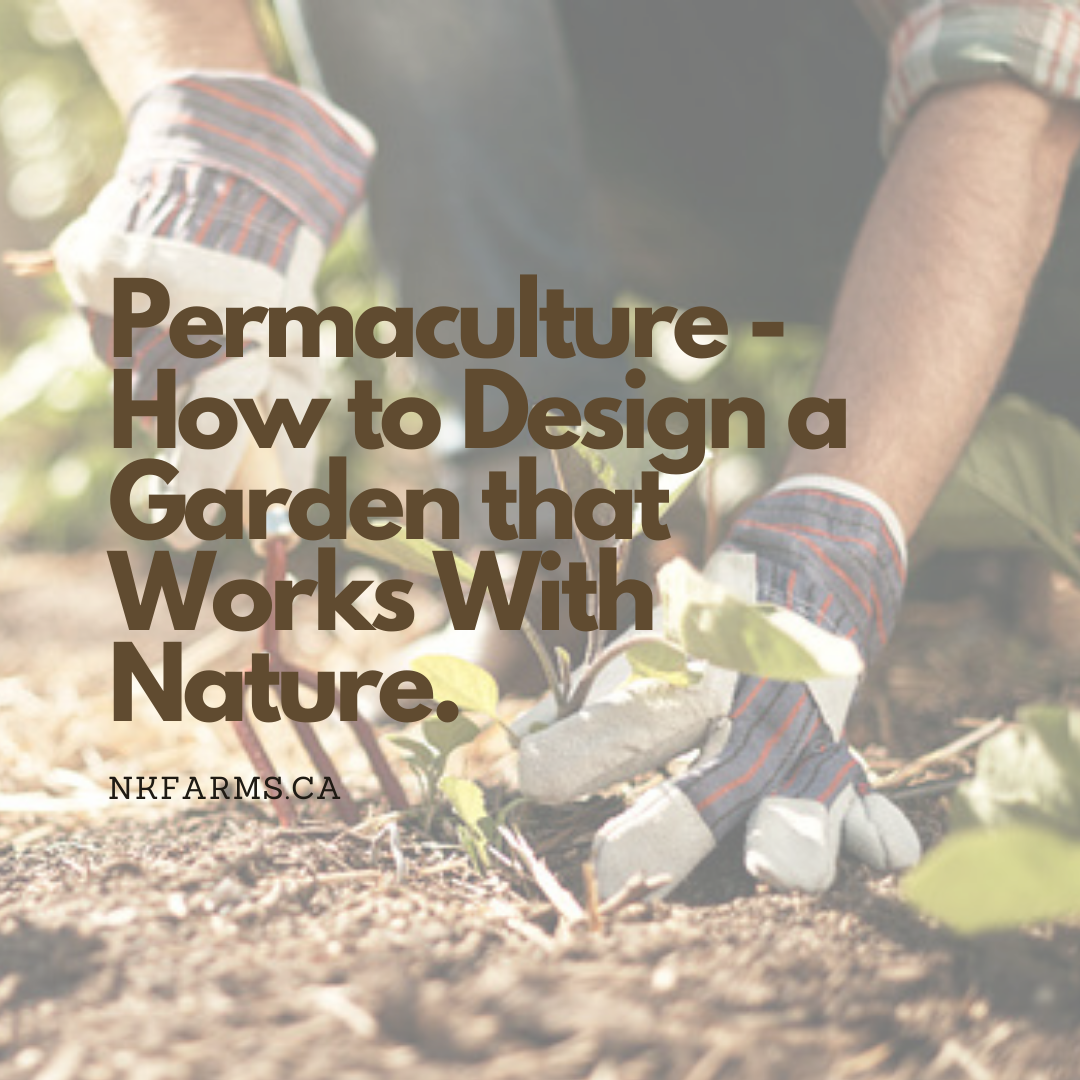Permaculture is defined as the development of agricultural ecosystems intended to be sustainable and self-sufficient. This form of agriculture draws inspiration from nature to develop synergetic farming systems based on crop diversity, resilience, natural productivity, and sustainability. Here at Naturally Knotty Farms, we are using permaculture to rejuvenate our soil so we can produce very nutrient dense foods for you and future generations.
For those of you that know me, I have a strong sense of ethics and believe we should take care of our people, our earth and share what we have with those who are less fortunate. These are the same ethical principals of Permaculture:

Ethics
- Earth Care – Recognize that the Earth is the source of life, that Earth is our valuable home, and that we are part of Earth, not apart from it.
- People Care – Support and help each other to change ways of living that do not harm ourselves or the planet, and to develop healthy societies.
- Fair Share – Place limits on consumption. Ensure that Earth’s limited resources are used in ways that are equitable and wise.
Permaculture Design Process
The design priorities are water, access, structures & sectors. If you start thinking about your site in this order it will result in a well laid out plan that makes the most effective use of your space. All four elements need to be integrated to that they function harmoniously.
Water – the more water there is the more diversity and life in the system. Hold it on the site as long as possible.
- 1st priority is to hold it in the soil (swales, ditches) this is much cheaper and it doesn’t need to be moved later.
- 2nd priority is to hold it in a container (rain barrel, cistern, etc.)
- Water are your water sources? – Rain, fog, dew, snow, river, lake, aquifer, pond
- Which is easiest source to harvest from?
- How and where will you store it? Where is this in relation to where it will be used?
- Can gravity be harnessed to help move it when needed?
Access – this includes roads, paths, trails and access to the garden beds or tress that need tending
- Where are the points on your site you want to travel to and from?
- Which areas do you need access to for tending and maintaining your site? How frequently will you need to visit these areas?
- Ensure you have adequate access while minimizing disturbance.
Structures – This includes buildings, fences, wind turbines, solar panels, etc.
- How much sun do these structure need? Orientation and good southern exposure are extremely important for passive design.
- Will they be blocking the sun for other elements of the system?
- How should their placement relate to water & access?
Sectors – the elements or energies moving through your site.
What is moving through your property that is either beneficial or harmful? You will need to determine which ones you want to harness, which you want to deflect or mitigate and which ones to ignore.
- Fire – most people choose to prevent fire as much as possible.
- Wind – consider each season. Can you harness the wind with turbines? Can you slow down the wind with natural wind breaks?
- Sun – how much sun do you get in each season? How can you harness the energy from the sun to enhance your site?
- Wildlife – birds, raccoons, coyotes, rabbits, groundhogs and snakes are all ready to munch on the fruits of your labour. How can you use this to your advantage? Can you build structures to deter them?
- Water – water is a vital component, but too much is never good. What systems can you put in place to manage the flow of water on your site? How can you harvest this water? How can you store it for later use? How can you prevent erosion?
- Noise – planes, trains & automobiles can be very disturbing to livestock. Can you create buffers to reduce the noise?
- Views – I love a good sunset and it’s important to me that I can see it from my back deck. I also want to watch my crops & livestock. Keeping areas open to view these, but also creating privacy from the road & neighbours.
- Light – sunlight, streetlights play a key role in your space. How will you enhance or limit these sectors?
Permaculture Design

Start by googling your property & printing out the image to begin your site plan. Indicate where each sector is coming from and if necessary where it goes. You can now use this information to ensure the layout of your design utilizes or mitigates the sectors you want.
Zones
The zones of use theoretically radiate out from Zone 0 (the home) in concentric circles. In reality there are always landscape feature, buildings, sectors and other factors that make them much patchier than that. Essentially, the zones are numbered based on frequency of visits required. The frequency is determined both by how often we want to visit an area to harvest, or enjoy and how often we need to visit an area to tend, weed, feed or maintain it. Overlay the zones on your site in accordance with the sectors and design priorities discussed above. Small urban site may only have space for zones 1 – 3, but if possible it is good to try to incorporate a small area of zone 4 – 5 where nature can be allowed to run its course and wild things can be observed.
Zone 1
- Most visited. Intensive use & care.
- Used for daily food, flowers & social space and to modify the climate of the home
- Workshops, greenhouses, garage, deck, patio, etc.
- More intensive mulching and weeding, dense planting, espaliered trees
- Rain barrels, small pond, greywater reuse.
Zone 2
- Semi-intensively cultivated
- Used for home food production (staple & canning crops), plant propagation, etc.
- Greenhouse, tool shed, shop, wood storage
- Use spot mulching, cover crops and seasonal pruning.
- Water from well, pond, greywater, irrigation, swlaes
Zone 3
- Farm Zone
- Used for cash crops orchards, firewood, lumber, pasture
- Feed storage and filed shelters
- Use cover crops, little pruning, and moveable fences
- Large ponds, swales and storage in the soil
Zone 4
- Minimal care, native plants, firewood, timber
- Used for hunting, gathering & grazing
Zone 5
- Wild, unmanaged, native plants & animals
- Used for inspiration, education, foraging & mediation
Summary
Permaculture quite simply means permanent agriculture. It is a way of creating systems on your land that work with nature to enhance the soil, crops, livestock, people and the community. By creating sustainable farming practices, we are ensuring the health and wellness of our planet for future generations.
If you have any questions, please feel free to comment below and we will reply as soon as possible.

Leave a Reply